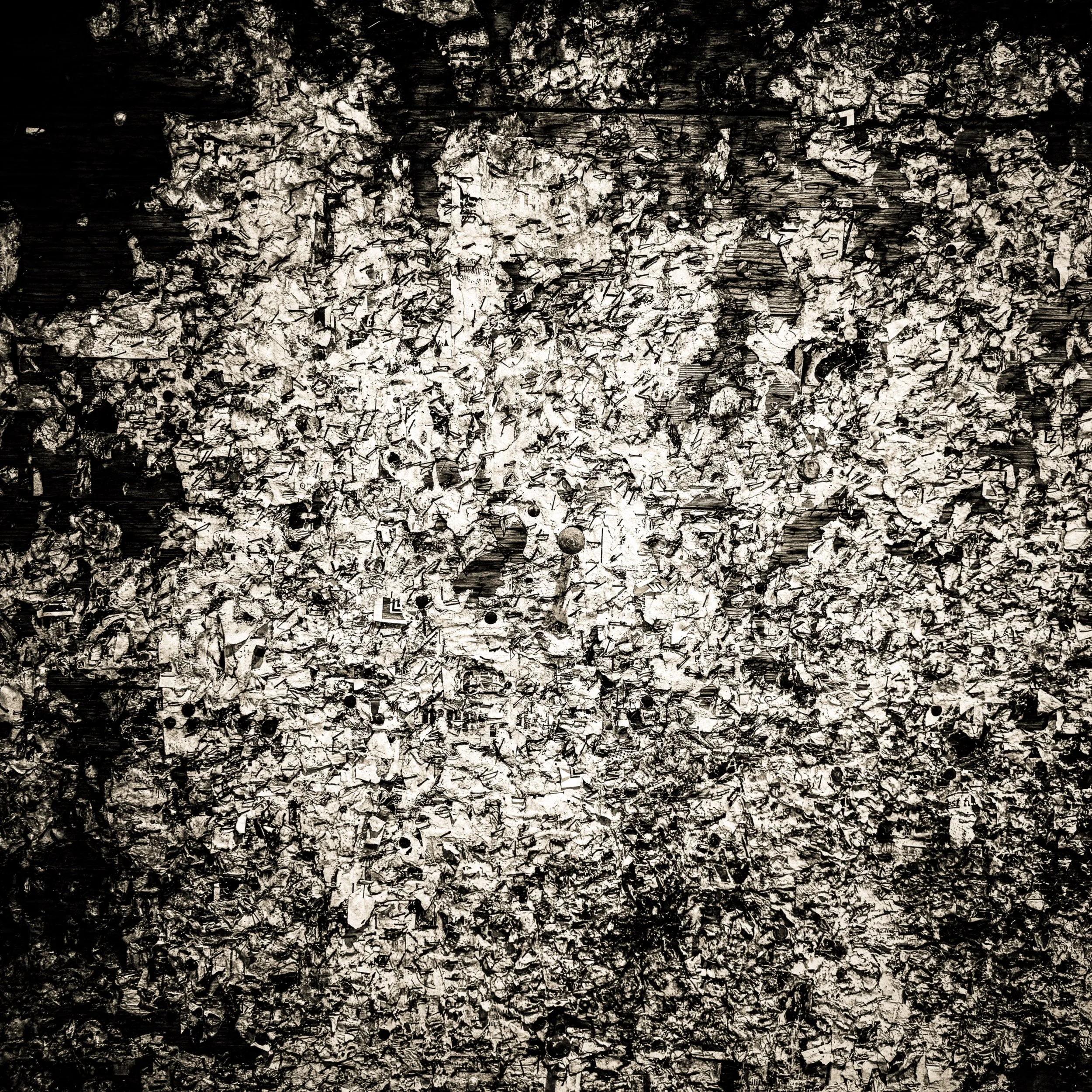Join Len’s newsletter for stories from the studio, creative insights, and behind-the-scenes looks at new artworks, workshops and upcoming projects. Be the first to hear about exhibitions, special offers, and opportunities to create with Len. Delivered straight to your inbox — thoughtful, inspiring, and never spammy.

Photography’s Mona Lisa
Migrant Mother, Dorothy Lange, is as controversial as ever.
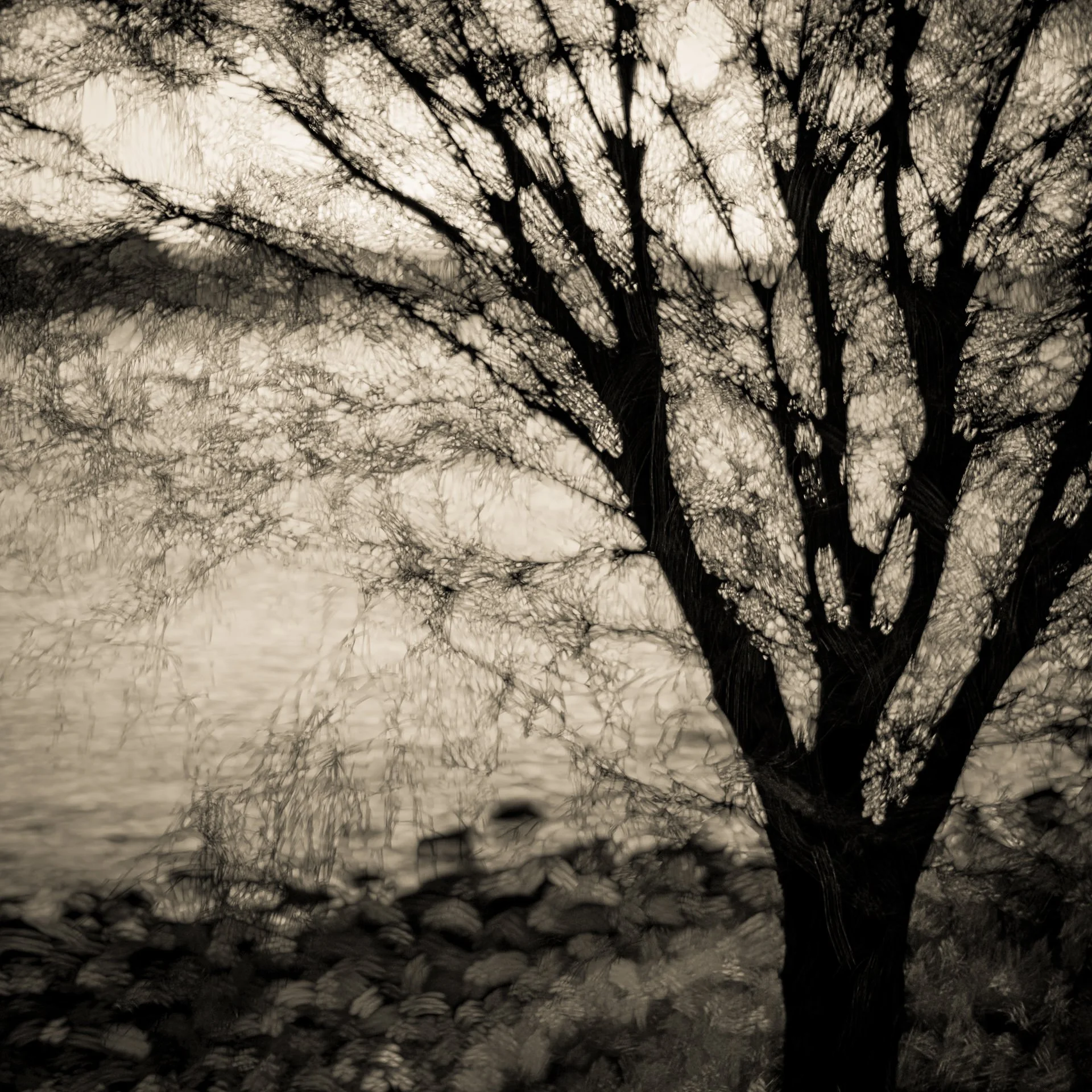
Micro four thirds love
A ramble about micro four thirds from a comment on a blog post.

I am so sick of social media

Flinders Ranges

artist books and zine making
make some artist books and simple zines for your photographs

Hill End Analogue Photography Festival
Featured artist, artist books, and workshop presenter…

Spring is almost over
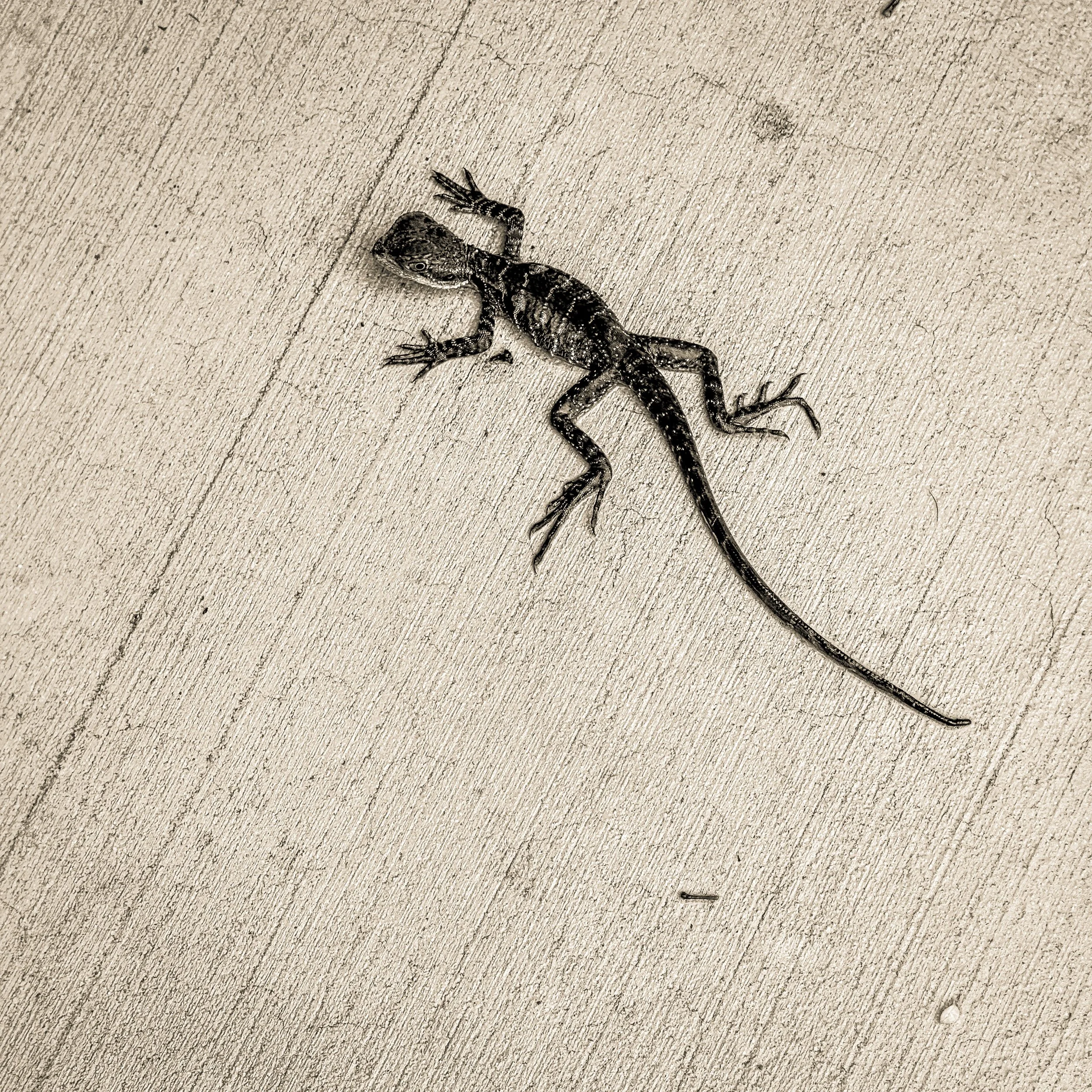
Learning to be creative
Learn to art….

Batemans Bay abstract workshop
Hill End Analogue Photography Festival
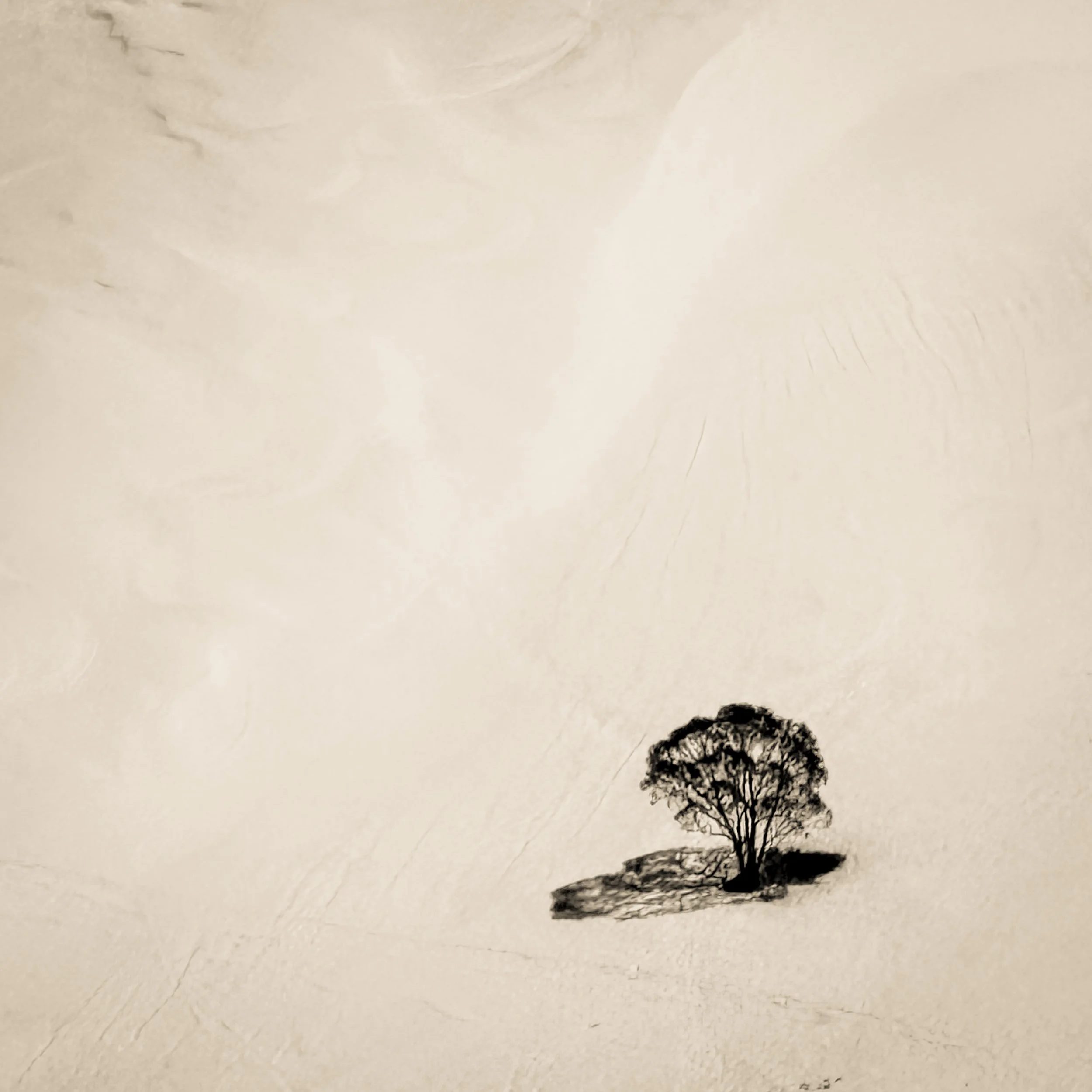
Snow snow

jim blomfield

jane sheers

hilary wardhaugh
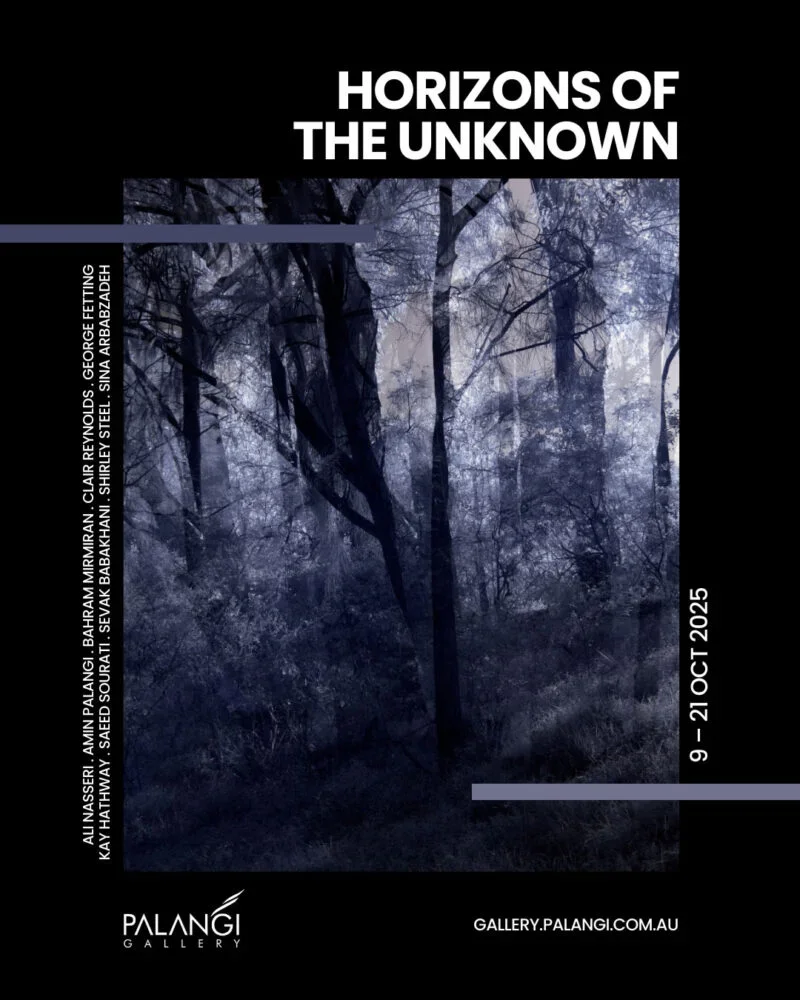
horizons of the unknown
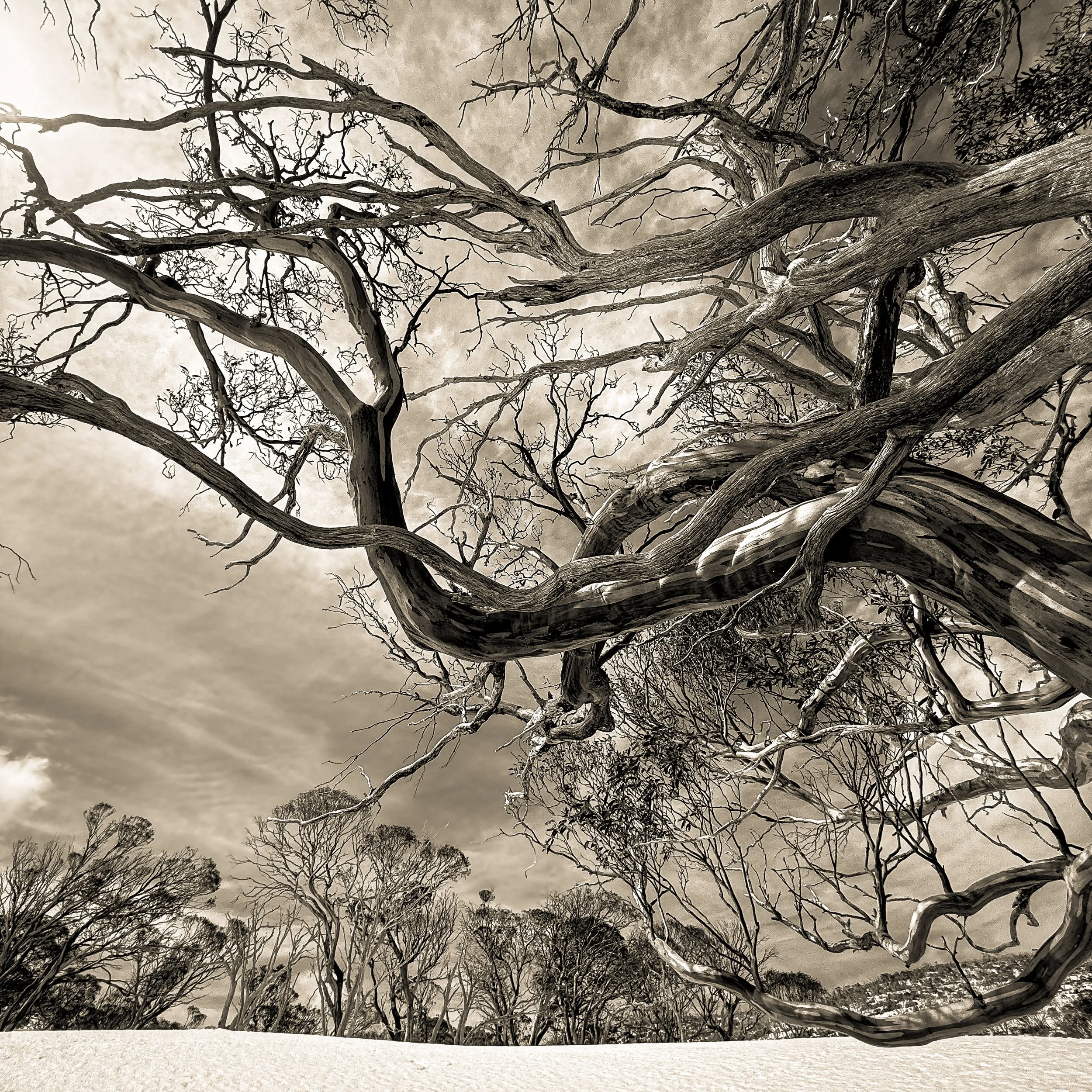
Snowy Mountains dreaming
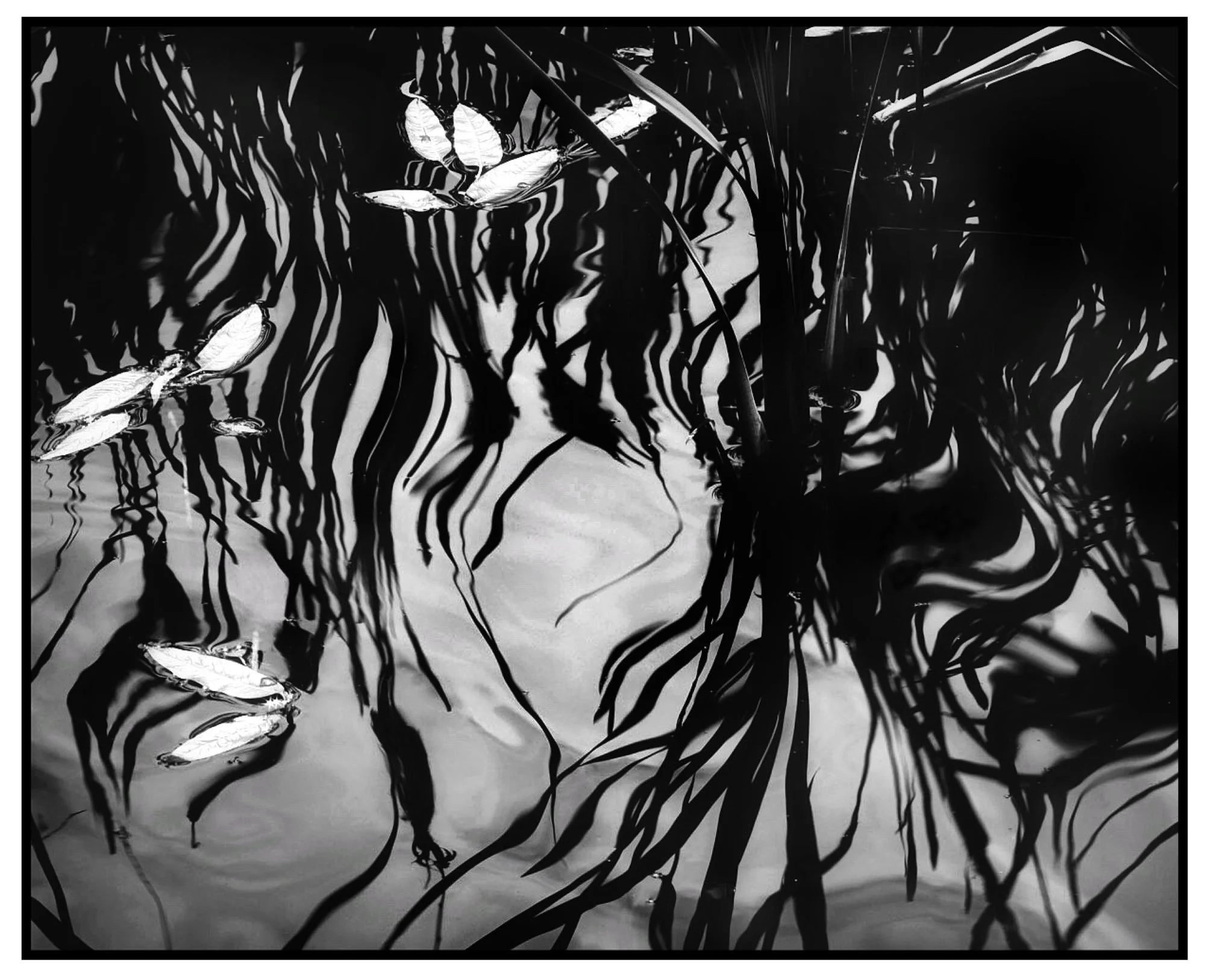
david gray
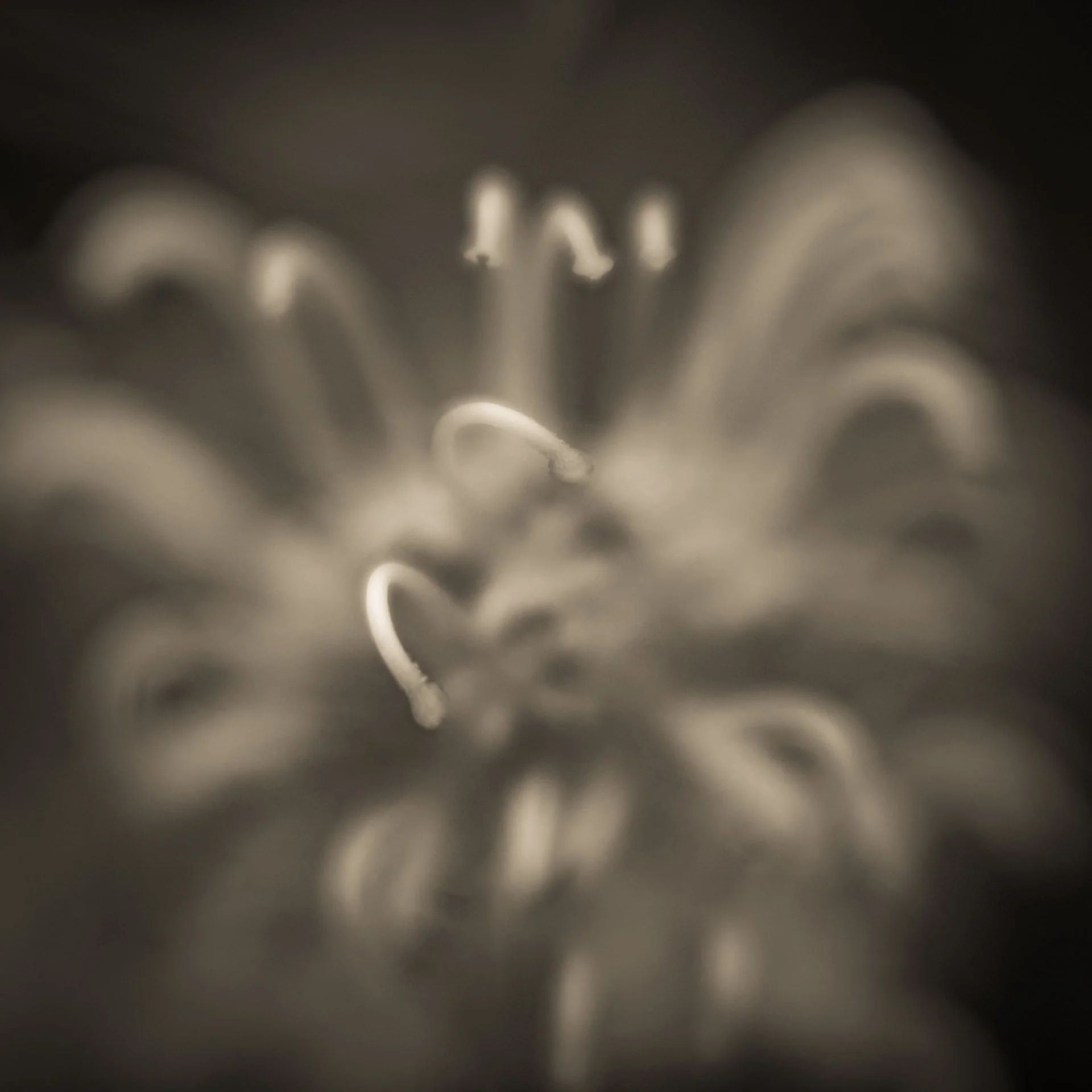
pink spider gravillia
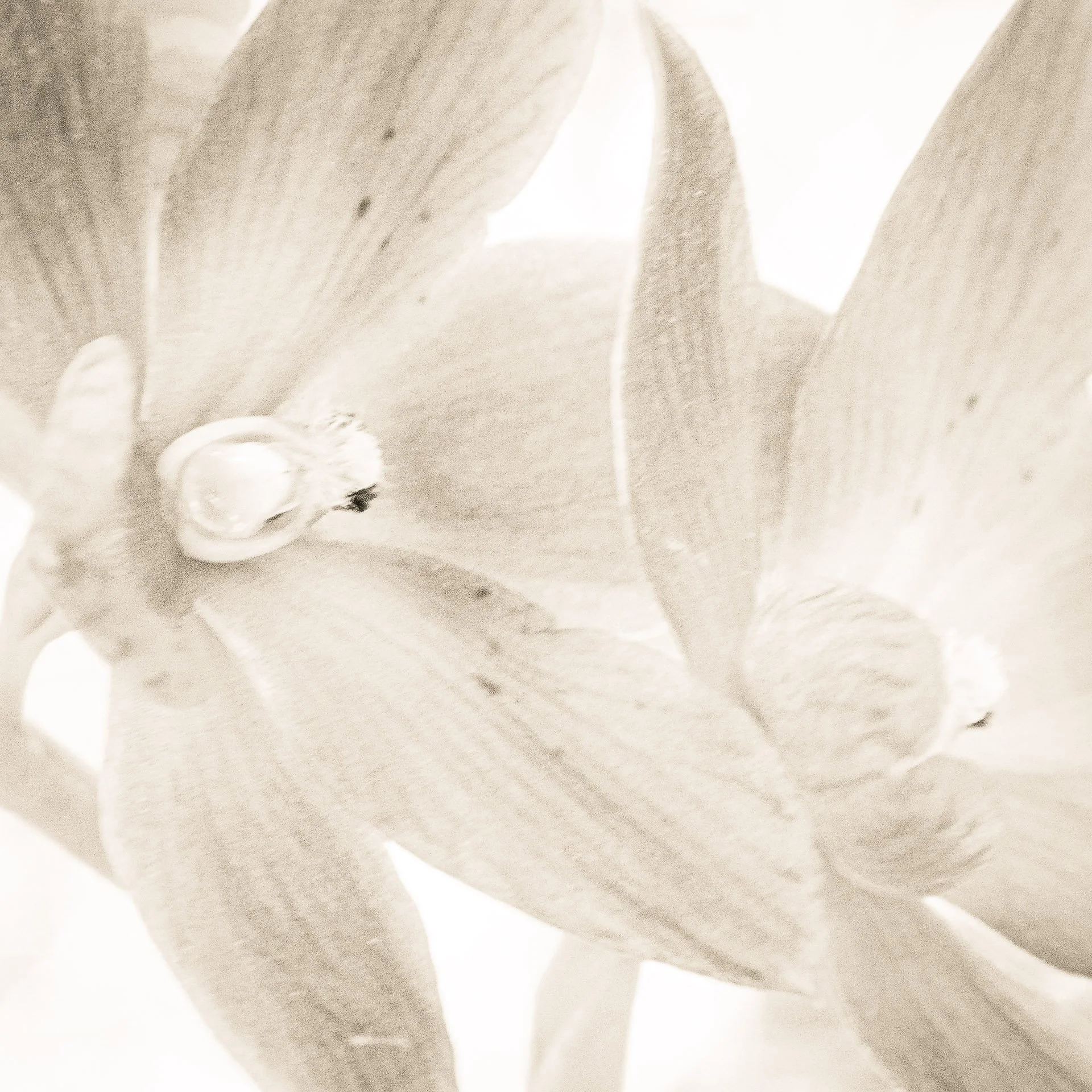
Sun Orchids
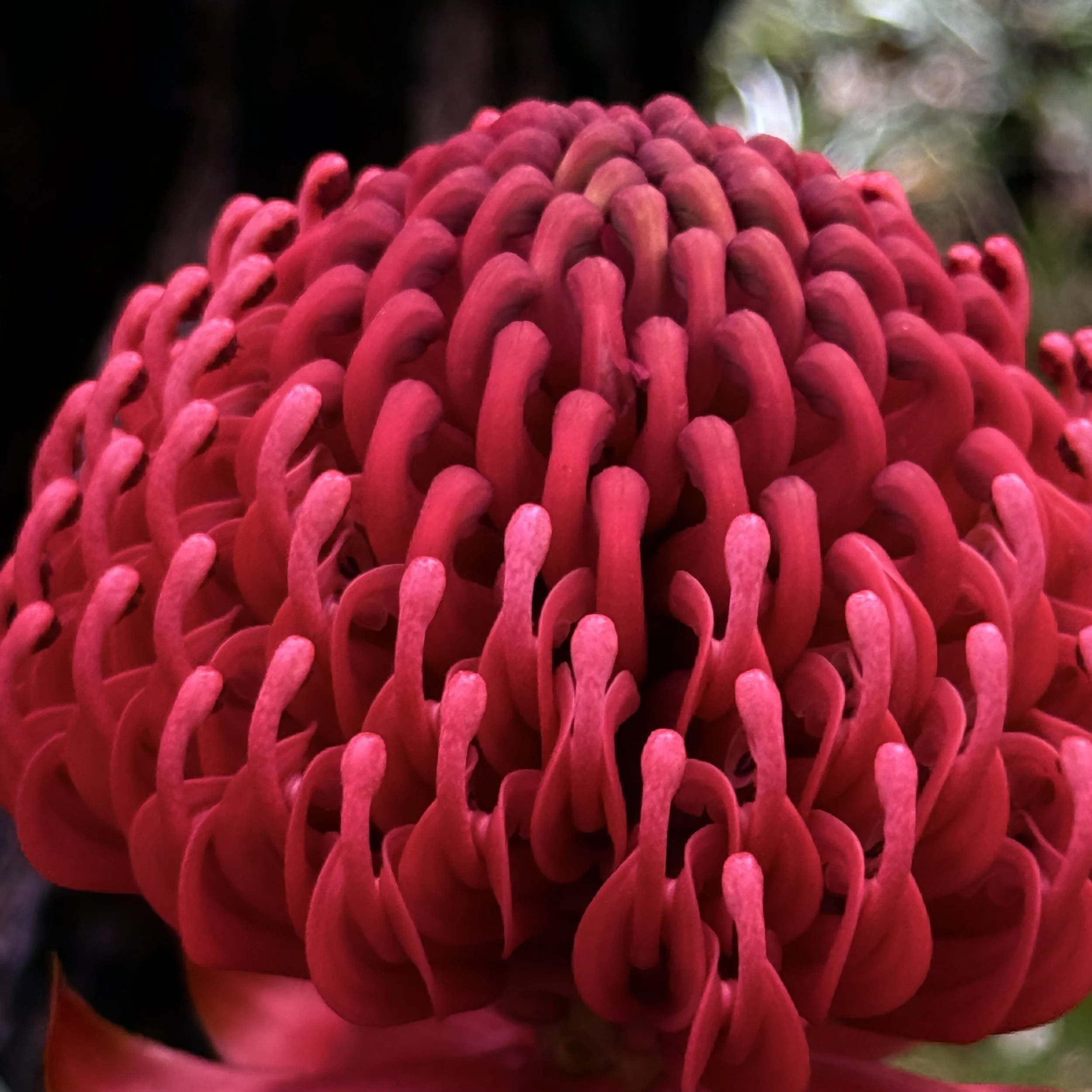
Waratah
